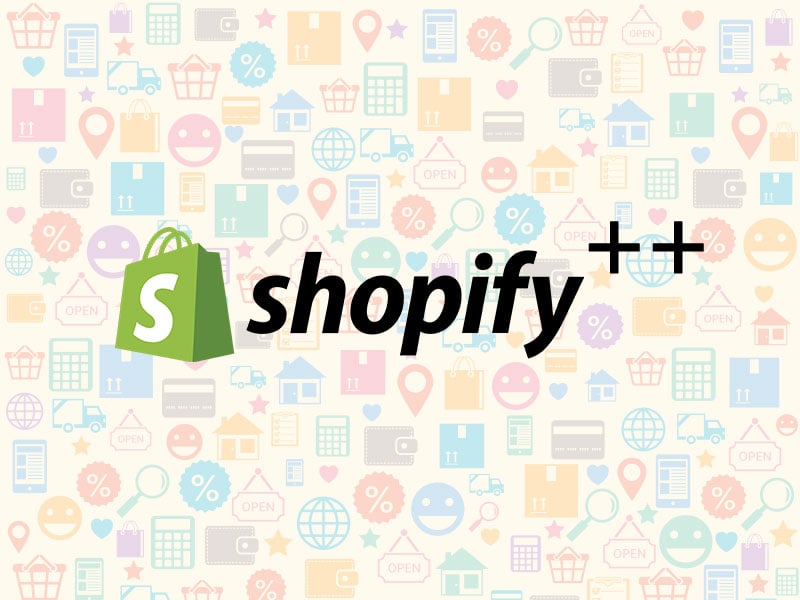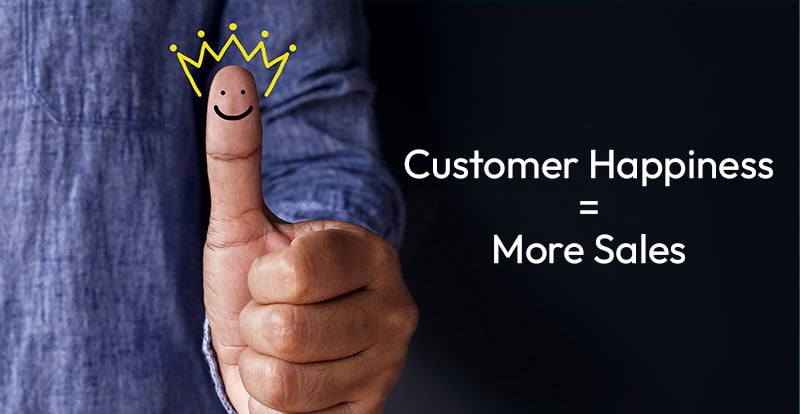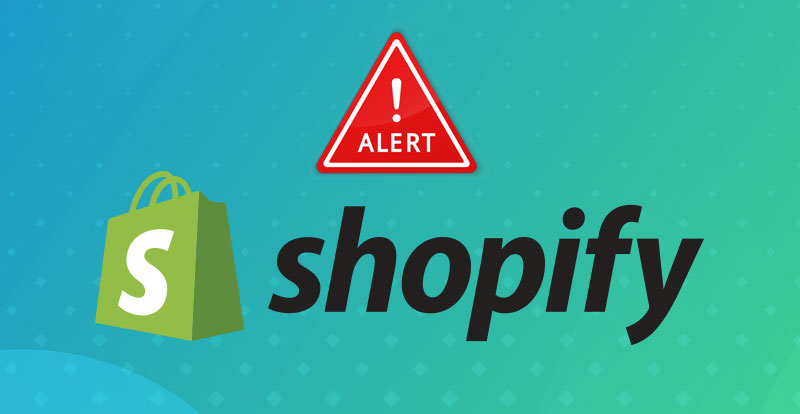Without updates or upgrades, any product can get stuck in the past, especially regarding tech and e-commerce. An outdated system won’t draw new users, it will lose old ones, so thank the tech gods that Shopify gets frequent updates! The e-commerce platform has helped thousands and thousands of shop owners get their stores online since it was launched in 2006, including many stores I’ve created for my clients.
Shopify gets updates year after year to keep developers like me or shop owners like you using the service. They had some major updates in 2023, so are they going to top that this year?
Let’s find out.
What Was New in 2023?
Shopify has major updates several times throughout the year, and 2023 did not disappoint. There were numerous updates throughout the year, including one of their largest in the Summer of ‘23, which introduced new apps like Shopify Bundles and Shopify Flow. Flow allows shop owners to automate more functions in their shop, making it easier to run and optimize in the future. The Bundles app allows customers to create their own custom bundles on your website, so they can purchase whatever they want however they want.
Possibly the most important new add in 2023 was Shopify Marketplace Connect. The most savvy shop owners don’t begrudge Amazon and Walmart, they sell their products on those platforms too! Shopify just made that easier with Marketplace Connect. With the app, users can simply upload their products to other sites like eBay, Walmart, and Amazon. They can even update inventory numbers, descriptions, pricing, and more.
The New Updates for 2024!
There are already well-laid plans for this year. Shopify has already listed over 100 updates that are expected to be implemented. Many are optimizations or enhancements that add more features to specific tools or functions, but there are a lot of big updates too. A notable new app among the announcements is Shopify Audiences.
Customer acquisition costs (CAC) can be astronomical for certain products or services, the Audiences app looks to help with that. Users will be able to easily lower their CAC and that revenue gets spent on ad spend. The app will pull data from the biggest social media platforms and put that machine learning to use with a shop owner's digital ad content. Interesting, to say the least.
Another major update will come to Shopify Capital, which is its lending system. Users will now be able to establish a specific Line of Credit with Shopify that makes it easier to both access funding and pay interest when it’s due. Upgrades to Bundles, new forms of discounts, and even more enhancements to their famous checkout system. Shopify may be almost 20 years old, but it always seems like their just getting started. The system is not only improving every year, but it gets easier to use too.
What This Means for Developers
You know what it means? Developers, shop owners, and even the customers’ lives just got a bit easier. Shopify’s fixes and upgrades are designed to directly help shop owners, but they do much more than that. The Bundles system improves the user experience and makes it easier to shop. Yes, that helps the owners more than anyone else, but it makes their system the one that users prefer to shop on. It’s not just a matter of popularity, it’s quality and consistency.
This year alone, they plan to improve their 99.9% uptime for their POS (point of sale) system. A system that they just expanded to the UK and Ireland. When retailers have their biggest sales day, be they online or at a brick-and-mortar store, Shopify aims to ensure that the payment system stays online so sales do too.
With Capital, shop owners can access the funding they need and pay the interest on it without worry. With Audiences, the dreaded customer acquisition costs will finally lower, and digital ads will get more targeted and seen by the right…audiences. For shop owners already using Shopify, it’s going to be an exciting year. You should be paying attention to every one of these updates, considering just how beneficial that next app might be for your store.
If you’re a shop owner who doesn’t use Shopify - then what the heck are you waiting for?!



